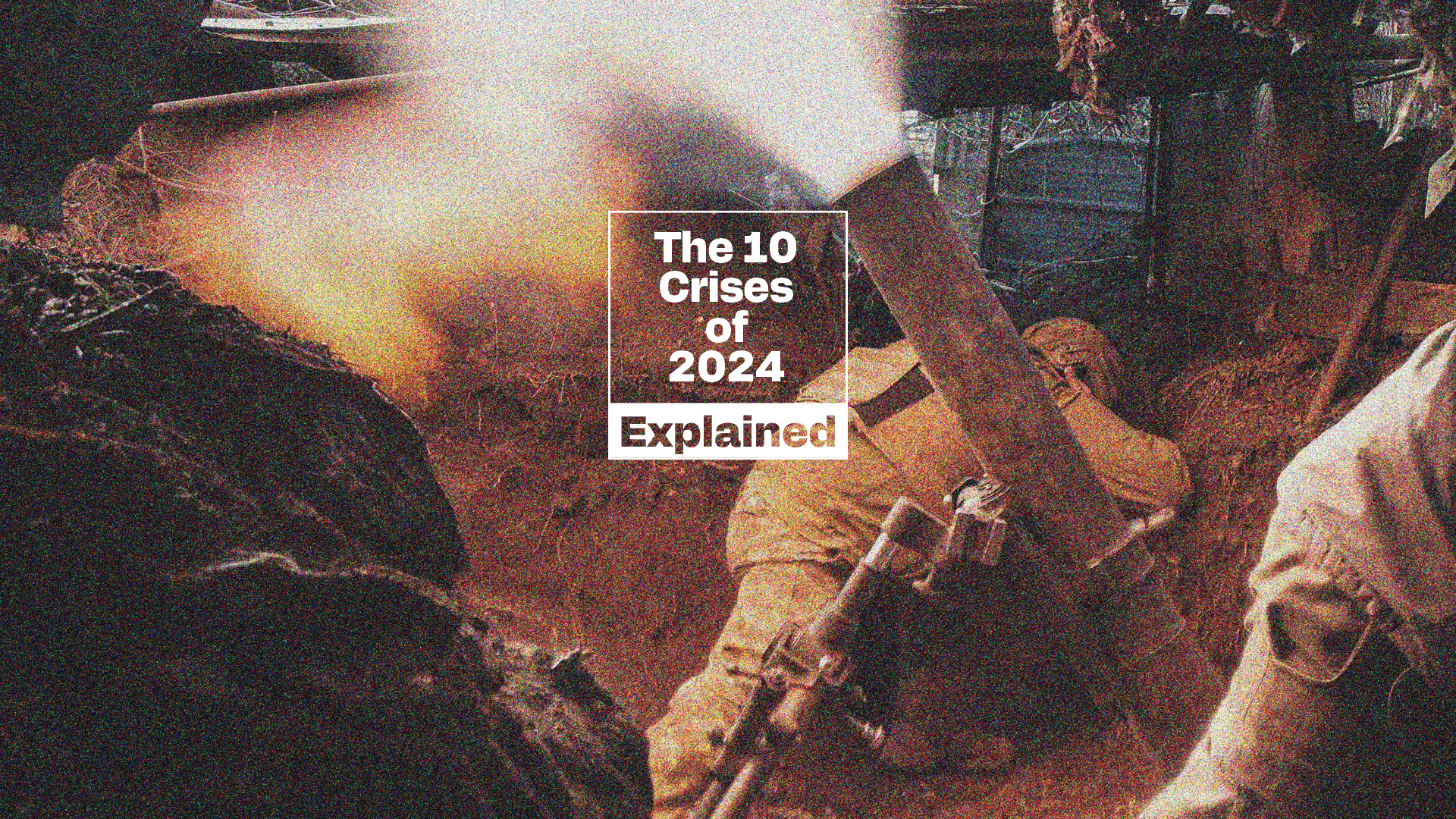For the ninth installment of the series “10 Crises of 2024,” iMEdD speaks with Kostas Ifantis, Professor of International Relations at Panteion University, to explain the latest developments in the war in Ukraine. Where do we stand after almost two and a half years of conflict? What are Russia and Ukraine seeking, and most importantly, how will the conflict end and what will the future look like?
What are the latest developments in the war?
After the Ukrainian counter-offensive last summer, which yielded limited results, Russian forces have taken the initiative in recent months, launching a series of attacks in the east, northeast, and southeast. Last February, Moscow captured the town of Avdiivka in Donetsk after fierce fighting. In the east, the most important battle is being fought in the town of Chashiv Yar, whose capture is expected to be a crucial step towards conquering the entire Donbass region. In early May, Russian forces entered the Kharkiv region in the northeast. Capturing Kharkiv, Ukraine’s second-largest city, would be a significant strategic achievement for Putin. However, according to him, this is not part of his plans at this stage of the offensive. In the southeast, Russian forces captured the settlement of Robotine, which was considered a key achievement of last summer’s Ukrainian counteroffensive. Kostas Ifantis, Professor of International Relations at Panteion University, believes that the current situation is unlikely to be reversed by Ukrainian forces. “Russia has secured the territories it has occupied, and it is doubtful that Ukraine will be able to retake these areas,” he told iMEdD.
What are Russia’s objectives?
The main objective of the Russian offensive at this stage is the control of the entire Donbass. According to an analysis by the Institute for the Study of War, Russian attacks in the Kharkiv region aim to draw Ukrainian forces there, creating opportunities for Russian infiltration into the Donbass. The Russian advance in the northeast may also aim to establish a buffer zone for Russian areas near the border, such as the town of Belgorod, which has recently been targeted by numerous Ukrainian drone and missile attacks.
What is the state of Ukrainian defense?
According to an analysis by the International Crisis Group, published at the end of May, Ukraine and its Western allies need to learn from the mistakes of 2023 and prepare for a long war. The same analysis states that the unsuccessful Ukrainian counter-offensive in the summer of 2023, combined with shortages of combat troops and ammunition, along with Moscow’s increasing pressure and territorial gains in recent months, appears to have exhausted Kyiv’s capabilities.
What is the position of the US and the EU?
The aforementioned weaknesses on the Ukrainian side have highlighted the crucial role of US and EU assistance to Ukraine. At the end of April, after months of political wrangling within Congress, the US approved a $61 billion aid package for Ukraine, bringing the total amount Washington has committed to the war to $175 billion. According to Professor Ifantis, the delay in the new US aid package reflects a political “fatigue” in Western capitals regarding support for Ukraine. The November elections are crucial, with concerns about Donald Trump’s stance on aid to Kyiv if he is elected President. “There is no certainty that Western aid will continue to flow,” Mr. Ifantis noted to iMEdD.
At the EU level, it is estimated that the Union and its Member States have provided more than $156 billion in military, economic, and humanitarian aid. Germany is the biggest donor within Europe, and, according to European Commission President Ursula von der Leyen, the EU will remain on Ukraine’s side. In its analysis, the International Crisis Group warns that if US cuts back its assistance to Ukraine, Europe will have to “fill the gaps.”
What will the next day look like?
According to Reuters, Putin is ready to accept a ceasefire with simultaneous recognition of the front lines as they currently stand. On the other hand, concerns have been raised by French President Emmanuel Macron’s statements, in which he said that Ukraine should be free to hit targets within Russia’s territory using weapons provided by Western allies. Putin has stated on several occasions that direct Western involvement in the war could lead to a nuclear conflict.
For his part, Professor Kostas Ifantis of Panteion University stated that Kyiv has found itself in a war of attrition and exhaustion, which it will probably not be able to withstand in the long run. As the International Crisis Group’s May analysis warns, this could lead to a capitulation of Ukraine on Moscow’s terms, damaging European security and creating fertile ground for further conflict in the coming years.
Read all the Explainer texts of the series “The 10 Crises of 2024” here.

